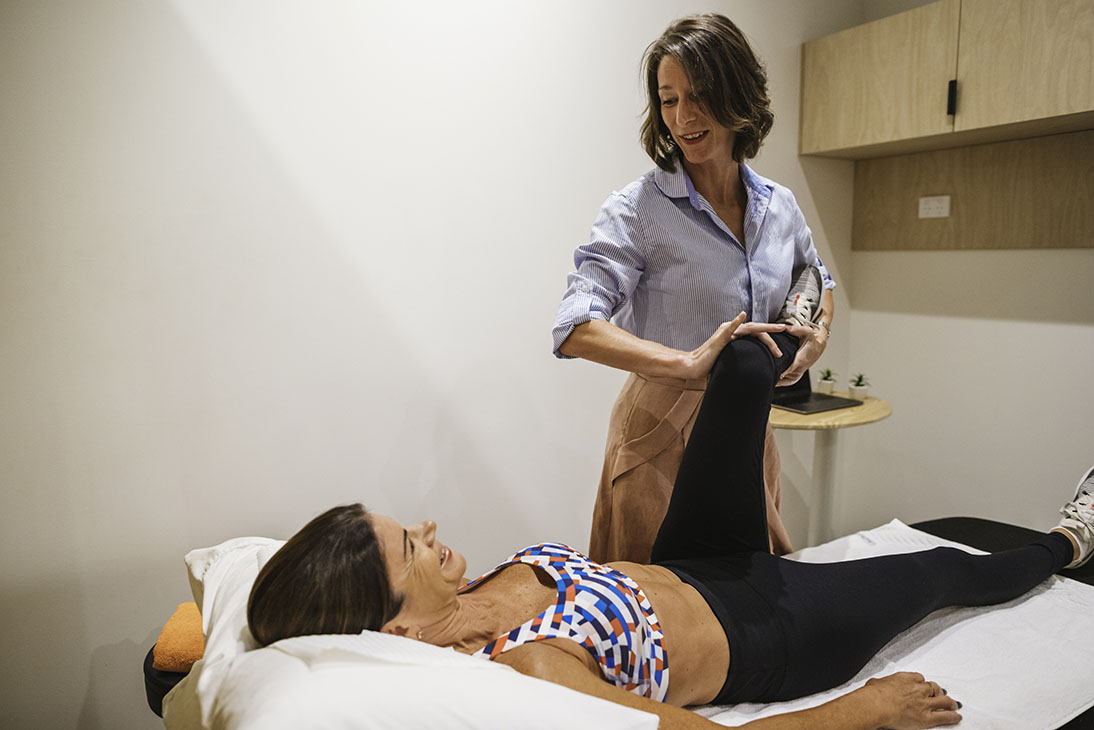
Some of the most devastating injuries anyone can experience involve the knee. For athletes and laypersons alike, knee injuries can permanently reduce mobility and control. As such, knee injuries are something you need to watch out for, whether you are a professional athlete or just exercising as part of your daily routine.
Watch out for torn ligaments
A common kind of knee injury is torn ligaments, which is otherwise known as a sprained knee. Ligaments are fibrous structures found all over the body that connect from bone to bone. They are a key part of providing stability in motion. The most commonly injured ligaments in the knee are the anterior cruciate ligament (ACL), posterior cruciate ligament (PCL), medial cruciate ligament (MCL), and the lateral cruciate ligament (LCL).
An injury in any one of these ligaments often results in the following symptoms:
- Pain in the knee
- Swelling and redness
- Difficulty bending and straightening the knee
- Difficulty standing
Dealing with a possible knee injury
If you think you have a knee injury of some kind, follow these steps:
Consult your physiotherapist
A physiotherapist can help you get a proper diagnosis. Through a series of tests, they can identify what the problem is by ruling out all the possible causes of injury, such as fractures, dislocations and meniscal injuries. They will examine your medical history in addition to conducting physical tests to figure out what part of the knee is injured.
Depending on the severity of the possible injury, you may be instructed to get an X-ray or MRI to help discover the root of the problem. Once the problem has been identified, a treatment process can be prescribed to rehabilitate the injured parts of your knee.
The RICE principle
The RICE principle stands for Rest, Ice, Compress, and Elevate.
Resting the knee means avoiding all stress and motion as much as possible. Use crutches or a wheelchair if necessary. The knee must also be iced a few times a day for up to 20 minutes to reduce pain and swelling. It also should be compressed with fabric to help with the swelling. Finally, you should keep your legs elevated by putting pillows under them for at least 20 minutes.
Begin the rehabilitation program
Your physiotherapist will likely begin a regimen of rehabilitating exercises to restore mobility, stability, strength, and endurance in the knee. This will be an incredibly difficult process, as it can be painful. However, it is important to remember that the more you comply with your rehabilitation program, the better and quicker your recovery will likely be.
There is no set time for such programs, as some can be as short as six weeks, and others can last up to a whole year, depending on the degree of the injury. If you followed your program well, and if the program itself was good, you can expect to regain full pain-free movement in time. You might even experience better performance eventually, and a lessened likelihood of injury in your knees and other body parts.
Final thoughts
Knee injuries can be debilitating and painful, but you can expect to recover fully with enough discipline and patience and the right physiotherapist. You don’t have to be permanently disabled. Just make sure you follow the advice of the professionals—specifically, your doctors and your physiotherapists.
If you need the help of a Brisbane-based physiotherapy practitioner, send us a message at Anytime Physio. We have the expertise to get you back on your feet again.

